SummaryAirport Rating ***** Reception of locals ***** Cost: £££££
Old region, new countryI've been to Doha airport many times, but I've never actually gone out and visited Qatar, a country that is almost (but not quite) a city-state. Recently, I had the opportunity to get out and explore the city a little bit. It's a city I've seen and read a lot about, particularly during the 2022 World Cup, and although my expectations were low, I was interested to see where it fit within the Kuwait - Dubai spectrum. Is it relatively low key and untouched like Kuwait City (which you can read about here) or is it an over-the-top disaster like Dubai (which you can read about here). Spoiler, it's more Dubai than Kuwait, but has managed to carve out a slightly different niche which feels right for the location, but the bar isn't high. For the longest time, the region that currently houses Qatar was known for its pearl fishing, a trade that sustained its economy for centuries. While it has been settled for centuries, the actual country of Qatar is quite modern. The Al Khalifa family, from the Utub tribal confederation, established a settlement in the region in the late 18th century, which laid the foundation for modern Doha. By the mid-19th century, Doha emerged as a significant pearl trading centre, separating itself from the Al Biddah settlement nearby that was the largest city in the country. In the early 20th century, Qatar came under British protection, like many other parts of the Arabian Peninsula, to secure the country against Ottoman expansion and to maintain peace among the various tribes in the region. This period was marked by tribal conflicts and political unrest, but it also paved the way for the formation of a unified Qatari state. The discovery of oil in the 1940s transformed Qatar from a small pearl fishing community into one of the wealthiest nations in the world. The first oil shipment left Qatar in 1949, marking the beginning of an era of rapid economic development. In 1971, Qatar gained independence from Britain and quickly moved to modernise its economy and infrastructure, using its newfound oil wealth. The development of the natural gas industry, particularly the North Field, the world’s largest natural gas field, further boosted Qatar’s economy. The country's leadership, especially under Sheikh Hamad bin Khalifa Al Thani, who came to power in 1995, prioritised modernisation and development, leading to significant changes in infrastructure, education, and healthcare. Doha, as the capital, has been at the forefront of this transformation. The city has seen rapid urbanisation, with the construction of skyscrapers, stadiums, cultural institutions like the Museum of Islamic Art, and the Education City. This urban development has been part of Qatar's vision to diversify its economy and reduce its dependency on oil and gas revenues. However, this rapid development has not been without controversy. One of the most significant issues has been the treatment of foreign labourers, often referred to as indentured workers, who have been integral to Qatar’s construction boom. Many of these workers come from countries like Nepal, Pakistan India, Panjab, and Bangladesh, seeking better economic opportunities. Reports and investigations by international organisations have highlighted poor working conditions, inadequate living quarters, and the exploitation of these workers. The kafala system, which ties workers' legal residence to their employers, has been criticised for creating an environment susceptible to abuse. Workers often have their passports confiscated and face restrictions on their ability to change jobs or leave the country. In response to international pressure and criticism, especially in the lead-up to hosting the FIFA World Cup in 2022, the Qatari government has implemented reforms, such as improving living conditions, introducing a minimum wage, and dismantling parts of the kafala system. However, many human rights groups argue that these reforms have been slow and insufficient in addressing the root issues. Talking about the 2022 World Cup. I don't even know what to say. FIFA argued that the tournament was being held there to spread football to new frontiers. The truth is, even before a ball was ever kicked, Qatar - through its sovereign wealth fund - has invested in football clubs all over the world, all while having no competitive domestic football league. It became the most expensive event ever organised, with a questionable legacy. Sure, the final was a great spectacle, but there are a whole bunch of empty stadiums and long list of sportswashing accusations that means the tournament surely cannot be considered a success. I'd lost faith in FIFA a long time ago, but the Qatar World Cup was just a reminder of how rotten the organisation has become. Politically, Qatar has played a unique role in the Middle East, often mediating in regional conflicts and maintaining relations with various political groups. This stance, however, has sometimes led to tensions with its neighbours, as seen in the 2017 diplomatic crisis where several countries cut ties with Qatar, accusing it of supporting terrorism – charges that Qatar vehemently denies. More recently, it has tried to play a mediating role during the Israeli bombardment and destruction of Gaza. Awesome airportLet's start with the airport. Doha's Hammad International Airport is large, modern, and conveniently located a short drive from the city centre. The city serves not only Qatar, but is a busy transit point for Qatar Airways, connecting European, American, Africa, and Asian destinations. It has meant that the airport has rapidly become one of the busiest in the region, and the world. I'll write in detail about my experiences with different airlines, but Qatar Airways is definitely near the top of my list. I like the airport. It's well laid out and there is a lot to do. It has its own indoor gardens, called 'The Orchard' as well as a cool looking bear sculpture, called the Lamp Bear, that I see every time I pass through. The people working there are incredibly nice, and it has one of the biggest and best business class lounges I have ever been to. As it handles a lot of passengers (and locals) from the subcontinent, I've never had an issue going through their airport as a Sikh. The only small annoyance is the excessive security you see when boarding any airline to the UK or the US. I can understand why they do it, especially in this region, but it does slow down the whole process considerably compared to if you are connecting in many other airports outside the Arabian Peninsula. Extreme disparitiesI once had a job working the bar of what was then, one of the largest clubs in the UK. I made a bunch of friends during that time, and one of them ended up getting a job in Doha so it was nice to have someone who's been in Doha for a few years to show me around. She lives in The Pearl, an area made for the wealthier immigrants and it's a pretty extraordinary feat of human engineering and design. It is an artificial island spanning nearly four million square meters that was built less than 20 years ago! The island was created by reclaiming land from the Arabian Gulf, a process that involved significant environmental and engineering challenges. The initial phase focused on creating the infrastructure and basic layout, including the Porto Arabia, Qanat Quartier, and Viva Bahriya. Each of these districts was designed with a unique architectural theme, drawing inspiration from various Mediterranean areas, and intended to offer a blend of residential, commercial, and leisure facilities. I visited Plaza Andalucia, a Spanish themed area and while it was super fake, the atmosphere was very laid back and actually wasn't so bad. I'm not sure what to make of the whole complex though. It really does feel like this ridiculously fake neighbourhood that gives off weird Truman Show vibes but I can also imagine living there can't be too bad as it's very safe, you have all the amenities you could ever want, and you even have your own private beach. But just walking around the island you could see the extreme disparity. While the towers, all carbon copies of each other, are home to largely white and Arab families, the workers doing the landscaping and maintenance are all from the various countries in the subcontinent as well as parts of Africa. I understand there is disparity everywhere, and in countries like the UK it is a growing problem, but these Gulf nations really do take it to another level. Oldest market in QatarThe first place that I wanted to visit in Doha was Souq Waqf, the old market of the city. Souq Waqif's story is woven deeply into the fabric of Doha's history. Its origins can be traced back over a century, serving as a hub for trade and socialisation among the Bedouins, the nomadic tribes that have settled the region for centuries. This market, whose name translates to "the standing market," was a bustling centre where traditional items like spices, textiles, and handicrafts were sold. Historically, it was also a place for trading livestock, particularly camels and horses. Over the decades, Souq Waqif faced the risk of fading into oblivion, with the rapid modernisation of Doha threatening its traditional essence. However, in the early 2000s, a significant government-led restoration project was undertaken to preserve its architectural heritage and cultural significance after much of it was gutted by a fire. The revitalisation efforts involved rebuilding the souq in its traditional architectural style, using mud and wood, and re-establishing it as a cultural and tourist destination. It's great to see that unlike neighbouring countries and cities, at least some original history is retained in Doha, and it just so happens to being one of the best landmarks in the city. Today, Souq Waqif is one of the most popular tourist attractions in Doha. The souq's narrow alleys, lined with small shops and stalls, offer a variety of goods from traditional garments, perfumes, and spices, to intricate handicrafts and artworks. But when I say they have done a good job of retaining the past, that means everything - good and bad. One part of the souq has hundreds of caged birds and poultry squawking loudly. I don't know what it is about seeing birds in cages, but that section of the souq was pretty hard to see. The souq is also a culinary hotspot, offering a range of dining options from traditional Qatari cuisine to dishes from across the Arab world. In the evening, it transforms into a bustling social hub, with locals and tourists hanging out in the cooler weather. It's definitely a nice spot. Close by is the Islamic Cultural Centre which sits below the spiral mosque, one of the most important mosques in the city. During my visit I was not able to go into the mosque as it was hosting some special guests, but I saw the cultural centre below which is a little cool, and a little OTT. On the plus side, it explains Islam in a clear way, and I think Sikhs need a lot more of these educational pieces in Gurdwaras (weirdly, I see them more in continental European Gurdwaras than those in the UK). It also had some great historical relics, but it lost me a bit when it tried to explain how Islam predicted many things science is only now just discovering. I don't know why religions do this, especially when they are stretching or clutching at straws. It seems a desperate way to seem relevant, and I don't think Islam needs to do that, and neither do other faiths (I've noticed this in Sikhi recently too). The core message of Islam (and other religions) is beautiful and there is no need for this weird battle against science. Terrific transportMuch like other cities on the Persian Gulf Coast, these modern Arabic cities are monstrosities when it comes to getting around. 6 and 8 lane roads are the norm with very little walking. I'm not surprised as not many people want to walk in the scorching Arabian sun, but with so little pedestrian pathways, it's no wonder that the Arabian Peninsula has some of the highest obesity and diabetes rates worldwide. Taxis were reasonably priced for a large city, but that surprised me a little as I had assumed that with subsidised petrol prices in one of the largest oil producing nations in the world might mean having cheaper taxi fares. I thought the underground metro system was pretty nice. Trains and stations seem brand new, the trains are punctual, and I managed to get a day pass for the equivalent of around a fiver. I bought the day ticket and slowly made my way around several stops on a couple of lines. The network, once fully operational, is set to cover approximately 300 kilometers, encompassing four lines: Red, Green, Gold, and Blue. The current operational phases include parts of the Red, Green, and Gold lines, featuring state-of-the-art, driverless trains that rank among the fastest in the world. The Red Line, or Coastal Line, extends from Al Wakra in the south to Lusail in the north, passing through key locations including Hamad International Airport and the cultural district of Katara. The Green Line, known as the Education Line, connects educational and research institutions in Education City to the heart of Doha, while the Gold Line, or Historic Line, traverses east to west through various heritage sites. You have your usual carriages for this part of the world, including first class metro carriages (which I still find weird) and women's only carriages which are beginning to get traction in other parts of the world. Cool CornicheMy next stop was The Corniche, a prominent feature of Doha's coastline. Initially, this area was little more than an extended muddy shoreline. The transformation of the Corniche began as part of Qatar's broader efforts to modernise and beautify the city. This involved extensive land reclamation and development to create the sweeping waterfront promenade that is seen today. It is one of many "corniches" in the Arab world and provides a point for people to go for evening walks or jogs, and usually has many of the best cultural attractions. The development of the Corniche was a significant step in Doha's urban planning, turning what was once a nondescript coast into a picturesque public space. Over the years, it has been further developed and beautified, with additional landscaping, the creation of parks, and the installation of public art and sculptures. Now, the Corniche is a bustling, scenic waterfront promenade, stretching several kilometres along Doha Bay. It offers stunning views of the city's ever-evolving skyline, with a beautiful juxtaposition of modern skyscrapers and traditional dhow boats. The Corniche is a favourite spot for both residents and visitors, providing a peaceful escape from the city's hustle and bustle. The walkway along the Corniche is lined with lush greenery, and its parks are popular spots for family picnics, sports activities, and leisurely walks. During my visit, much of the Corniche was home to the Doha Expo, an exposition that bought together countries from around the world to demonstrate their culture and inventions, I've mentioned before that expositions seem very 20th century - the invention of the internet means you can read about these inventions online, while the advent of cheap travel means it is also easier to visit many of these countries. I visited during the afternoon, which meant that it was unbearably hot and so, unsurprisingly, the whole place was like a ghost town. On the plus side, it meant no queues and having the whole Expo to myself (no joke, in my two-hour stroll, I saw only a handful of visitors). It was fine, I managed to brush up on my Spanish in the Mexican stall, while the Saudi stall had this extravagant set up, only to be entirely about renewable energy and climate change (despite their economy being purely dependent on fossil fuels). As much as I give the UK a hard time, it was comfortably one of the better stalls. Understated, it was staffed with a very knowledgeable Ukranian lady who went through each product showcased in the stall. There was an impressive solar powered bench made out of recycled materials that could also charge your phone. The UK is pretty amazing at inventing new things, but pretty horrible at commercialising them. The people that worked in the Expo were also fantastic. Most were either Indian or Pakistani, although I saw at least one Panjabi there too. A (relatively) honest museumNearby is the National Museum of Qatar, an architecturally striking building inspired by the desert rose crystal. The museum is in the restored palace of Sheikh Abdullah bin Jassim Al Thani, a palace that has played an important role in Qatar's history. The transformation of the palace into a museum was a significant step in preserving and celebrating the nation's heritage, and again, Doha does this better than many of the cities on the Gulf Coast. Opened in 2019, the museum is a modern masterpiece that I really enjoyed - but the truth is, and I know this sounds bad - but because the Qataris were not rampaging and pillaging industrialists, the museums are never going to be as good as the looted relics in Britain (which you can read about here) or the US (which you can read about here). The museum's exhibits are a blend of historical artefacts, contemporary art, and interactive installations. They explore Qatar's natural environment, its Bedouin culture, the historical pearl diving trade, and the nation's journey towards urbanisation and global prominence. The museum also delves into the challenges and achievements of the modern Qatari state, offering a comprehensive narrative of the country's past, present, and future. For me, the two best exhibits were the narrated history of Qatar on a series of tablets and signs which I got weirdly hooked on, and an exhibit on the history of weaponry of the region. But the museum is big, and the artifacts are few, so much of the museum feels airy and empty and is filled in with art and interactive exhibits. I liked it, it's a relatively honest museum that does the best with the little history it has. Venice in the Persian GulfFurther north, and away from the coast using the Gold line is Villaggio Mall located in the Aspire Zone, next to the large Aspire Park. The Aspire Zone is pretty cool. It houses the Aspire Tower, a large torch like structure that is the tallest building in Qatar. Next to that is the Khalifa International Stadium, one of the largest in Qatar, and a stadium that hosted several matches in the 2022 World Cup, including the third placed playoff. While the stadium looks nice on the exterior, it remains - much like many of the other stadiums built in the city - a white elephant with no team large enough in the region to justify the costs of playing there. I sometimes say that many of the modern Arab cities on the Gulf Coast are nothing more than giant shopping centres, and while it would be unfair to say that about Doha in the way that Dubai is, if a shopping centre is one of the most popular tourist landmarks in your city, then you know it's probably a little true. From its inception, Villaggio was designed to be the best shopping centre in Doha and its design, inspired by the Italian city of Venice, includes an indoor canal that runs through the mall, complete with gondolas, under a painted sky ceiling, providing shoppers with an immersive Venetian experience. Seriously, there is a canal within the shopping centre where people can take gondola rides! It's so over the top I don't even know where to begin. There are different zones that feel like you're in Europe, or North America, or an old Arab settlement. In that respect, it is a little bit like the Avenues shopping centre in Kuwait, although I thought that was much better. Of course, being the Arabian Peninsula, you have all your luxury high end stores, that very few rich people actually use in European countries, but they seem to have found a niche in the Gulf cities as well as China, and I'm sure pretty soon we will see the pattern repeat in India and Indonesia too. If you like shopping, I guess it's fine. GurdwaraMuch like Dubai, if you want to visit the Gurdwara, you have to go a LONG way out of the city centre. In Doha, this distance is even more extreme. I took the Gold line as far north as possible, and even then the taxi took another 20 minutes. It was interesting to see the modern "showy" Doha give way to poorer neighbourhoods, before it stopped being a modern city altogether and became a collection of shacks and low quality housing. I was dropped on a busy, dusty street, something you'd expect in poorer parts of the subcontinent, and it took me a while to find the Gurdwara which is almost completely invisible from the street. A door leads you to what is in essence, a large shed - but what I saw on the other side was something incredible. Of all the Gurdwaras that I have visited, I don't think I have seen love, dedication, and seva like I have seen here. In all fairness, the physical space is relatively large, but it doesn't look anything like a Gurdwara. However, as soon as I stepped in and dropped my shoes off I saw loads of sevadars cleaning shoes, cleaning the floor, all the time meditating, doing simran, doing paath (prayers). And these Singhs were different (and it was pretty much all men, as is normal for immigration patterns where men first move out to work). All the Sikhs here looked like manual workers, their sweaty faces and heavy hands made that obvious. But they also looked and acted like puraatan (ancient) Sikhs. Each Sikh seemed to be built like a boulder, even the elders that looked like they were in their 60s. Their dark brown faces covered in black dust, their steely eyes showing an incredible resolve. The smiles on their faces and bliss while meditating gave me an incredible feeling just watching it. Singhs were laughing and joking with each other, and it felt like a community, a genuine community. This is how I imagined Sikhs helping each other through their trials in jungles, in battle camps, or the first immigrants that came and did manual work in England, the US, or Canada. This Gurdwara wasn't glittering in marble and gold, like the one in Dubai, and it didn't have multiple halls and adjacent community centres like so many in the UK (which you can read about here). But it had something I've rarely seen in other Gurdwaras. Genuine devotion to our Guru and to each other. Honestly, as a Sikh, this was one of the best experiences I have ever had. Would I recommend visiting Doha?The answer is probably no. If you have the money and want to live there - much like Dubai - I'm sure you have all the amenities and that feeling of safety that would make this a nice experience. But to visit? I'm not so sure.
If you want over the top gaudy, then visit Dubai. If you want something a lot slower with a more traditional vibe, then visit Kuwait. This one falls awkwardly in the middle, and again, if you're living here or on a family holiday, it might tick all your boxes. But as a solo traveller, there just isn't much about this place. The airport is great, transport is nice and clean, food isn't bad, and Souq Waqif is genuinely quite nice. But what your left with is a city built on the blood and sweat of South Asians that advertises itself to the world as an Arab success story, and that hypocrisy just doesn't sit well with me. That being said, I had absolutely no issues travelling around as a Sikh and the experience at the Gurdwara is definitely one of the best highlights of all my travels abroad. Comments are closed.
|
AuthorBritish Sikh, born in the Midlands, based in London, travelling the world seeing new cultures. Categories
All
|
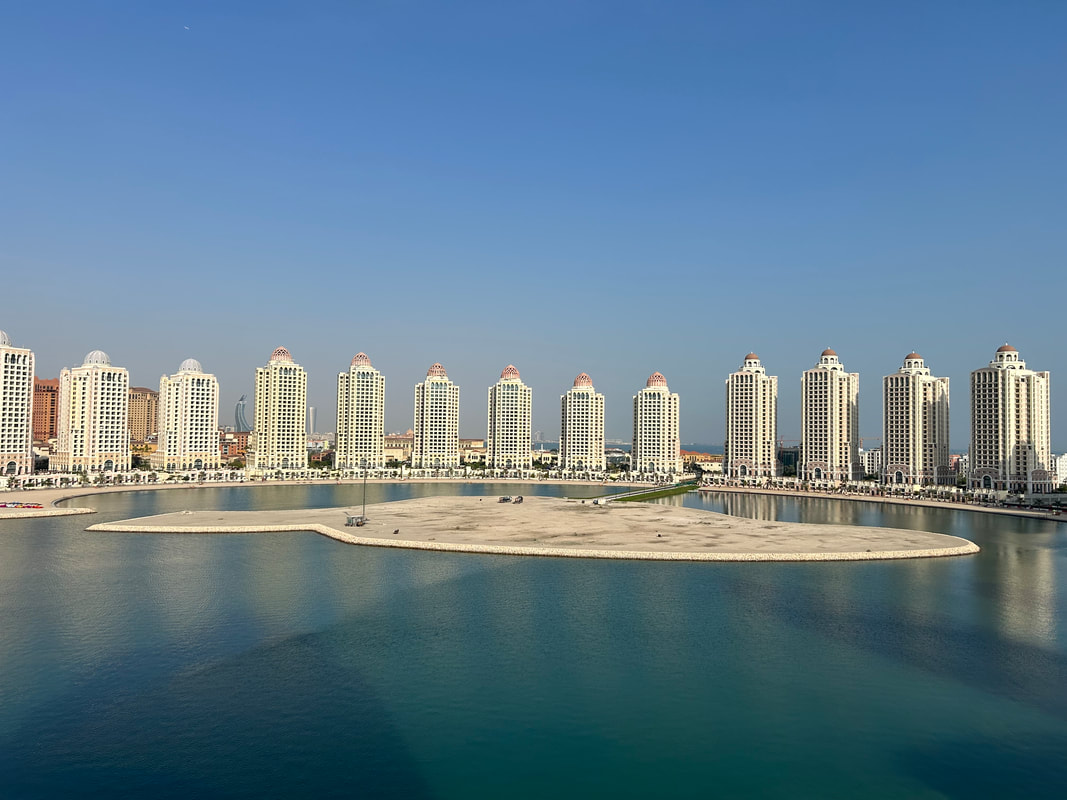

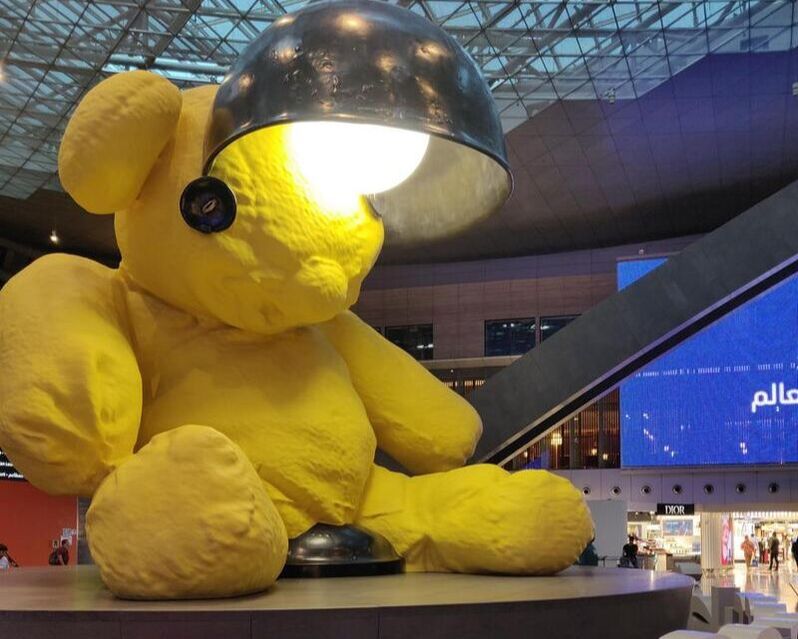
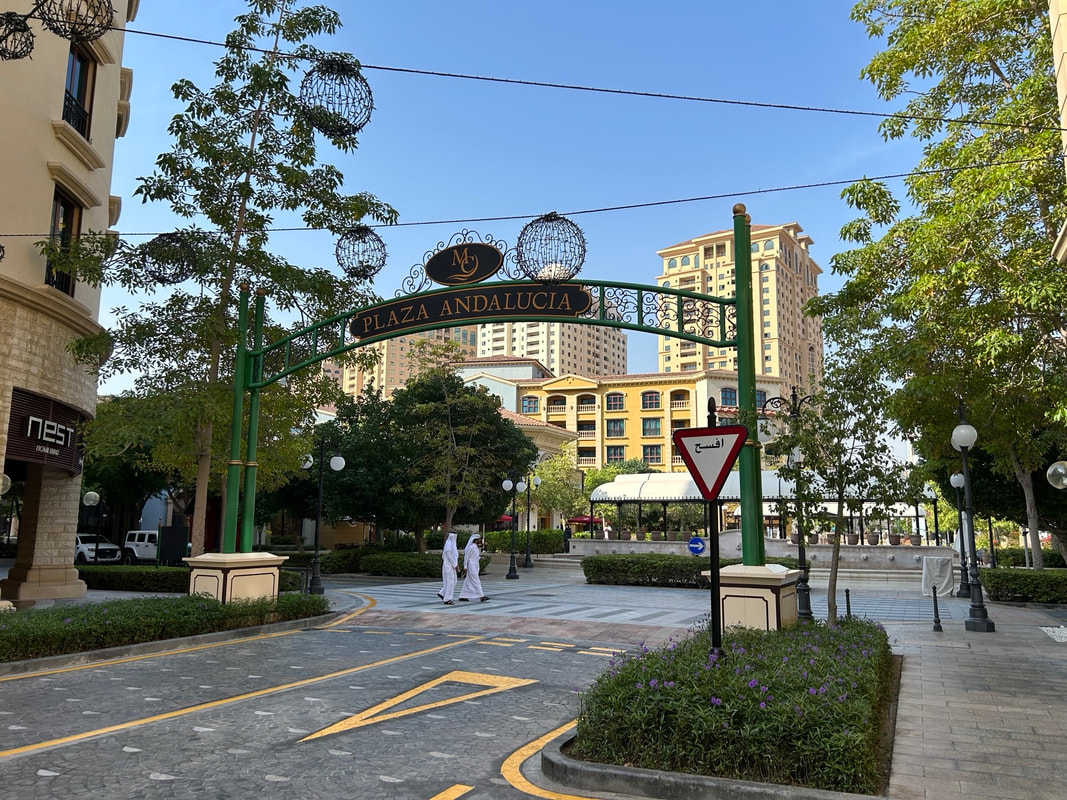
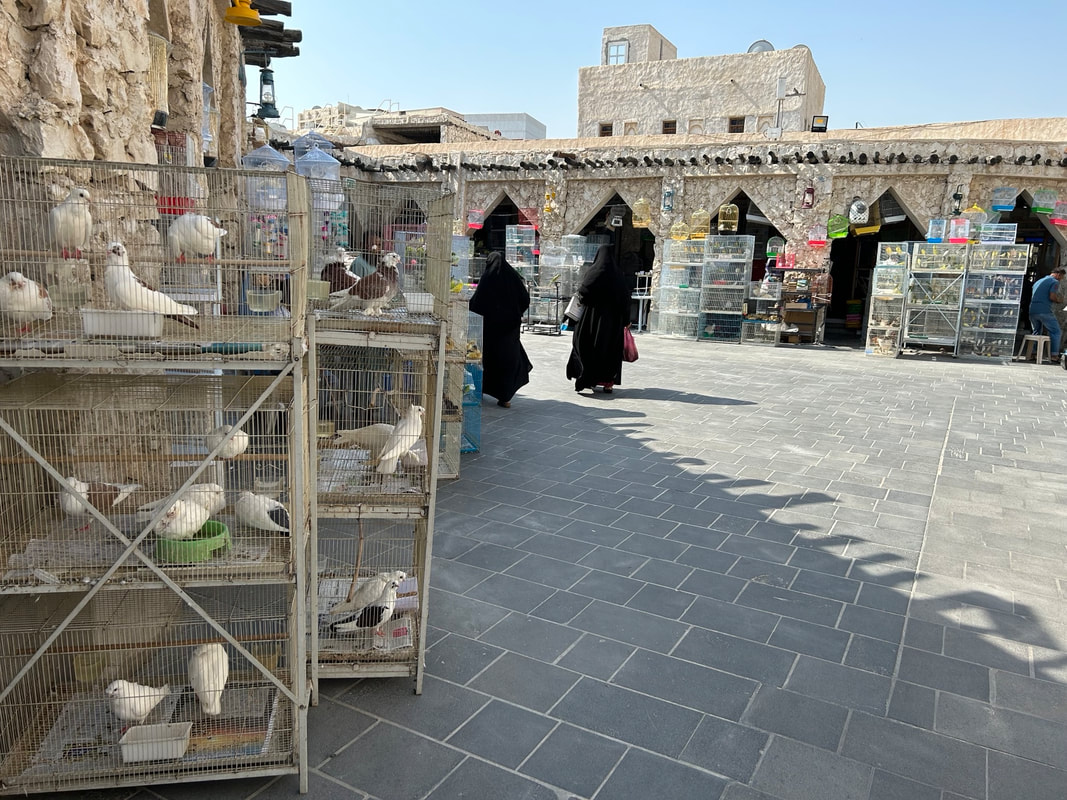



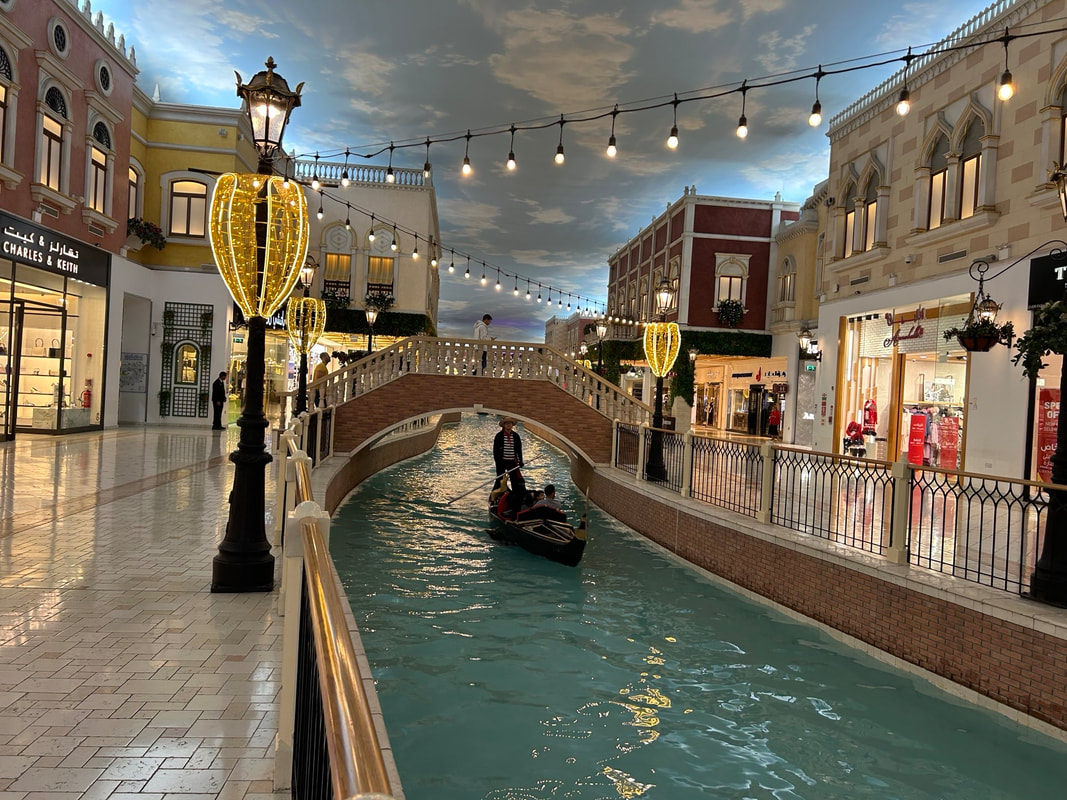
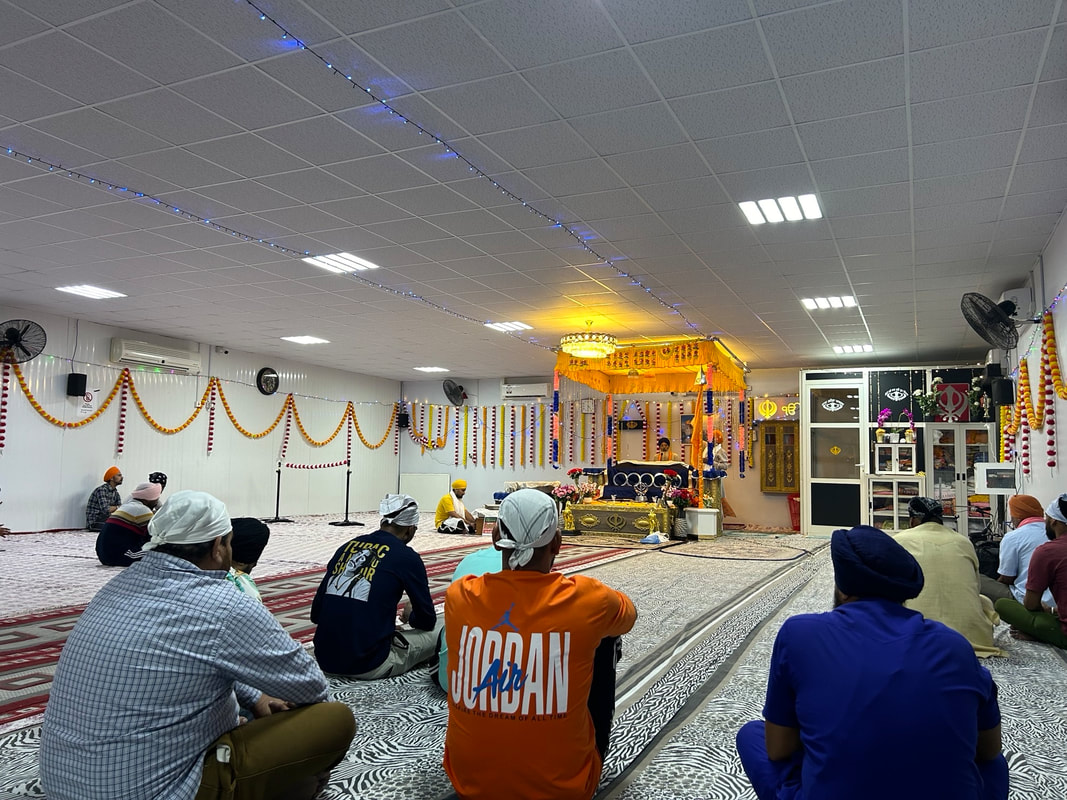


 RSS Feed
RSS Feed